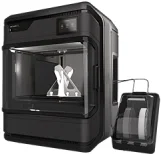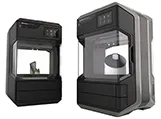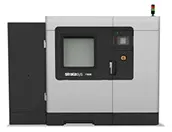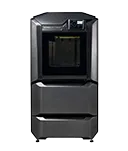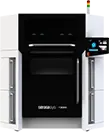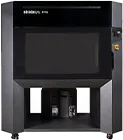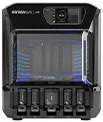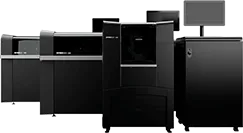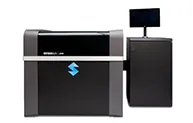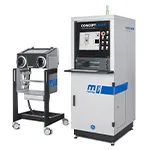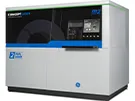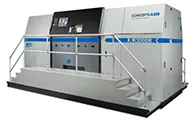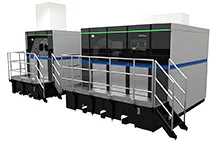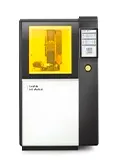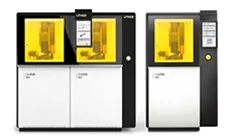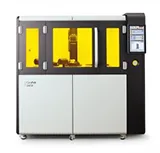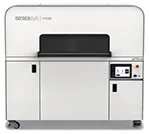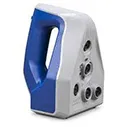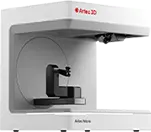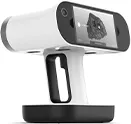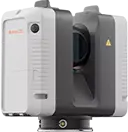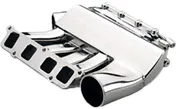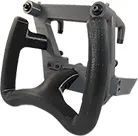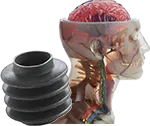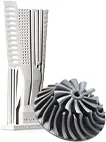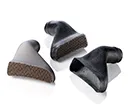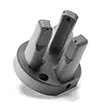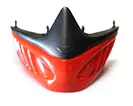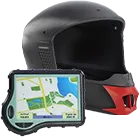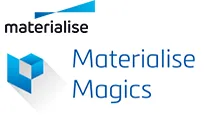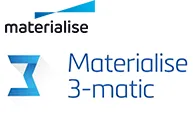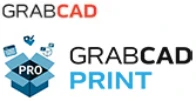In today’s rapidly evolving world of technology, the ability to capture and analyse the physical world accurately has become increasingly important. 3D scanning technology enables us to recreate detailed, high-resolution digital models of physical objects, opening up new possibilities in design, manufacturing, and quality control. Objective3D, Australia and New Zealand’s leading provider of 3D Printer and 3D Scanner Solutions, recognises the many benefits that 3D scanning can bring to various industries and aims to provide educational content to guide you through this transformative technology.
In this comprehensive guide to 3D scanning technologies, we will discuss the different types of scanning methods, the advantages and disadvantages of each, and how you can determine the best solution for your specific project requirements. We will cover popular techniques such as laser triangulation, structured light, photogrammetry, and contact-based scanning, while focusing on how these technologies are suited for different applications, including reverse engineering, quality control, and digital archiving.
To provide you with a diverse range of content, we will dive into the following sections:
1. Understanding 3D Scanning Technologies: An overview of the various techniques, including how they work and their ideal use cases
2. Reverse Engineering: Unveiling the power of 3D scanning in dissecting and recreating legacy parts or complex geometries.
3. Quality Control and Inspection: Discover how 3D scanning can improve the accuracy and reliability of your quality assurance processes.
4. Digital Archiving and Preservation: Explore the role of 3D scanning in preserving cultural heritage, artefacts, and valuable items for future generations.
5. Comparisons and Expert Advice: Gain insights from industry experts on selecting the right technology for your specific needs, and become familiar with key factors to consider when assessing different 3D scanning solutions.
In addition to these sections, we will aim to debunk common myths and misconceptions about 3D scanning and address frequently asked questions to provide a well-rounded understanding of this valuable technology.
Armed with the information from this guide and the support from Objective3D’s team of experts, you will be equipped to make an informed decision when selecting the ideal 3D scanning technology for your projects. Get ready to unlock the potential of 3D scanning and revolutionise the way you approach design, manufacturing, and preservation.
A Guide to 3D Scanning Technologies: How to Pick the Right Solution for Your Project
Understanding 3D Scanning Technologies
Before diving into specific applications, let’s explore the various 3D scanning technologies available today, how they work, and their ideal use cases.
1. Laser Triangulation: This method projects a laser line onto the object’s surface, capturing the object’s shape by calculating the angle between the laser source, the surface, and the sensor. Laser triangulation scanners are known for their accuracy and speed, making them suitable for reverse engineering and quality control applications.
2. Structured Light: Instead of using lasers, structured light scanners project a pattern of light onto the object’s surface and measure distortions in the pattern to calculate the contours of the object. These scanners often provide higher resolution and accuracy compared to laser triangulation, making them ideal for capturing fine details and complex geometries.
3. Photogrammetry: This technique uses multiple photographs taken from different angles to reconstruct the object in three dimensions. By calculating the position and orientation of the camera for each image, photogrammetry software generates point clouds and meshes to create the final 3D model. This method is ideal for capturing large objects or environments, as well as digitising cultural heritage sites and artefacts.
4. Contact-Based Scanning: Contact-based scanners use a probe to physically touch the object’s surface at various points, collecting measurement data for each point. While slower and less popular than their non-contact counterparts, these scanners offer high accuracy and reliability, making them suitable for quality control and inspection tasks.
Reverse Engineering: The Power of 3D Scanning
Reverse engineering refers to the process of dissecting an existing physical object to recreate its design specifications or generate a new copy. 3D scanning technologies, specifically laser triangulation and structured light scanners, are invaluable in capturing complex geometries, legacy parts, or worn-out components that lack existing documentation or CAD models. By accurately digitising the object’s surface and measurements, engineers and designers can use the resulting 3D model to make modifications, create new designs, or manufacture replacement parts with ease.
Quality Control and Inspection: Accuracy and Reliability
Quality control and inspection play a crucial role in manufacturing, ensuring that products are built to specification and meet the required functionality and safety standards. 3D scanning technologies, such as laser triangulation, structured light, and contact-based systems, allow for efficient and reliable inspections by capturing precise measurements and comparing them against design specifications or CAD models. This technology not only streamlines the inspection process but also facilitates the detection of any potential defects or deviations from the design, allowing for data-driven decision-making and improved manufacturing quality.
Digital Archiving and Preservation: A Look into the Future
3D scanning offers immense potential in the field of digital archiving and preservation, safeguarding our precious cultural heritage, artefacts, and historical items for future generations. Photogrammetry, laser triangulation, and structured light scanners have found applications in museums, archaeological sites, and restoration projects, capturing high-resolution digital models of artefacts, sculptures, and natural specimens. Besides ensuring an accurate record of these items, the 3D models also facilitate virtual exploration and digital exhibitions, making knowledge of these valuable pieces accessible to broader audiences worldwide.
Comparisons and Expert Advice: Making the Choice
When selecting the best 3D scanning technology for your project, consider factors such as the object’s size, surface properties, required accuracy, and your project’s intended application. For instance, structured light scanners excel in capturing intricate details and textures, whereas photogrammetry is better suited for larger objects and outdoor scanning. Engage with industry experts, gather insights, and be prepared to experiment with different technologies to identify the solution that meets your unique needs.
Embracing 3D Scanning for Your Project’s Success
The world of 3D scanning technologies presents a vast array of applications and possibilities, from reverse engineering and quality control to digital archiving and preservation. As you explore laser triangulation, structured light, photogrammetry, and contact-based scanning, be mindful of the specific requirements of your project and seek expert advice to make an informed decision.
With the right scanning solution and dedication to experimentation, you can unlock the true potential of 3D scanning and revolutionise your approach to design, manufacturing, and preservation. Let Objective3D be your trusted partner in this exciting journey, empowering you with the knowledge and technology to turn your vision into reality.




